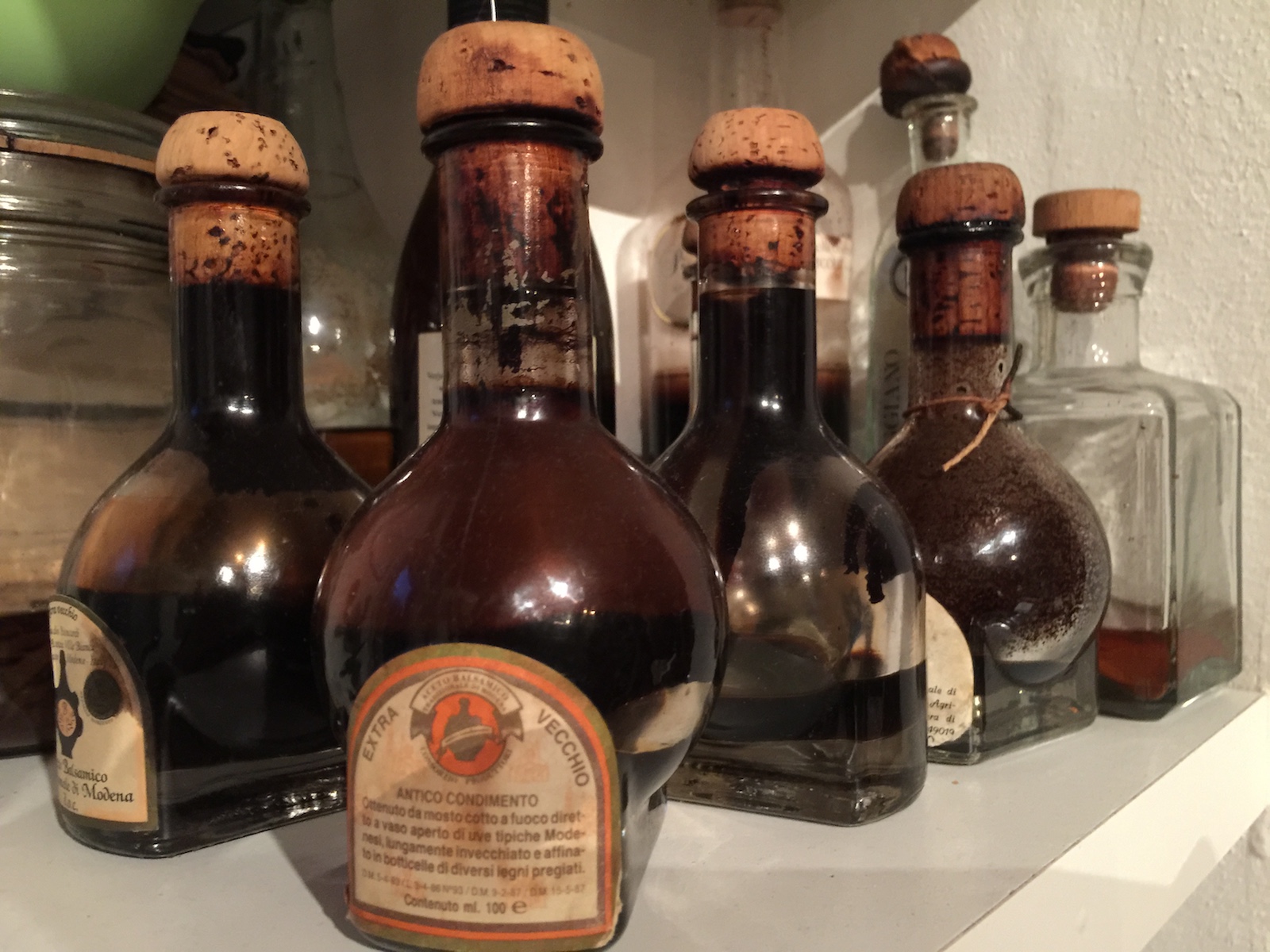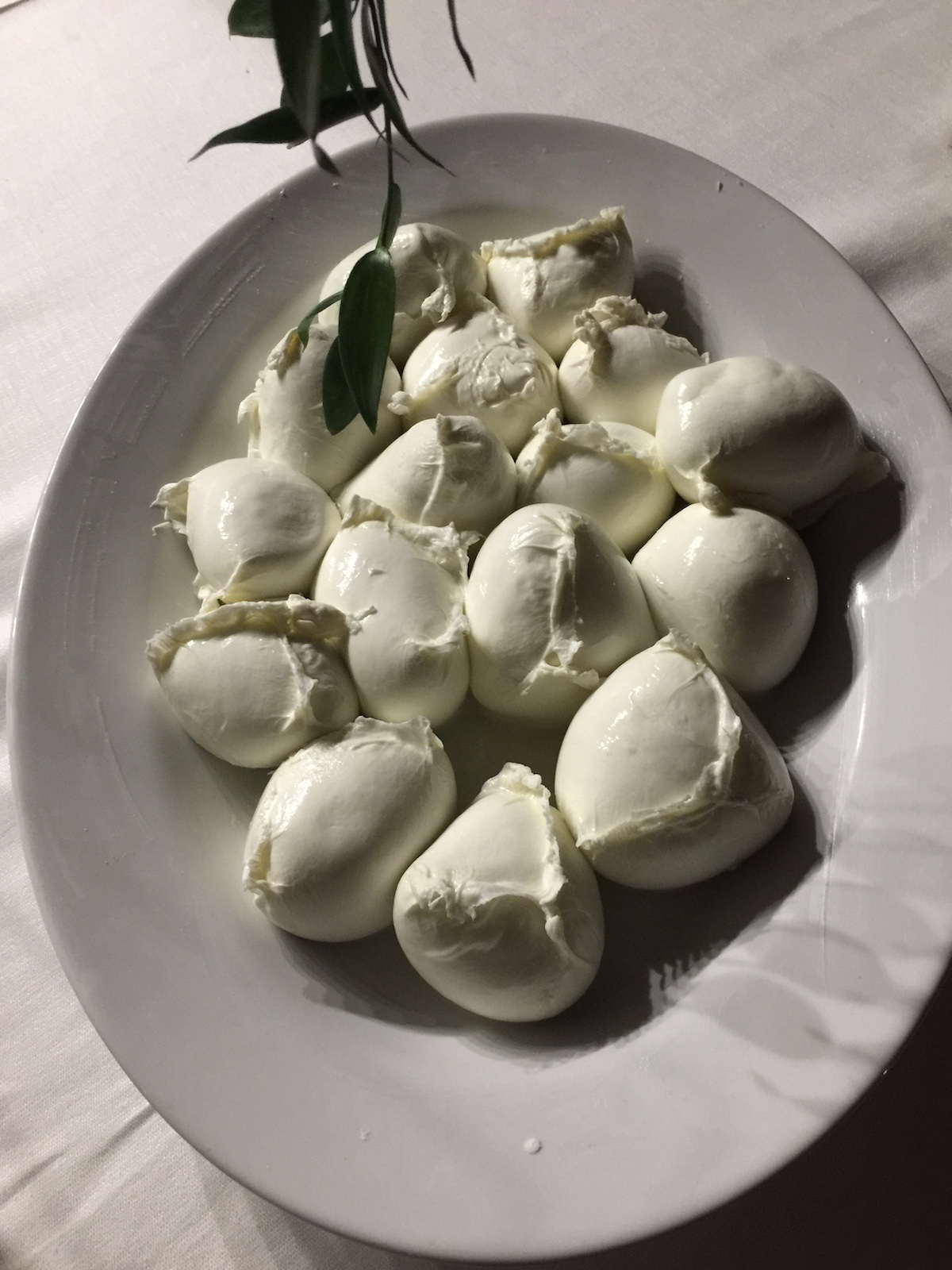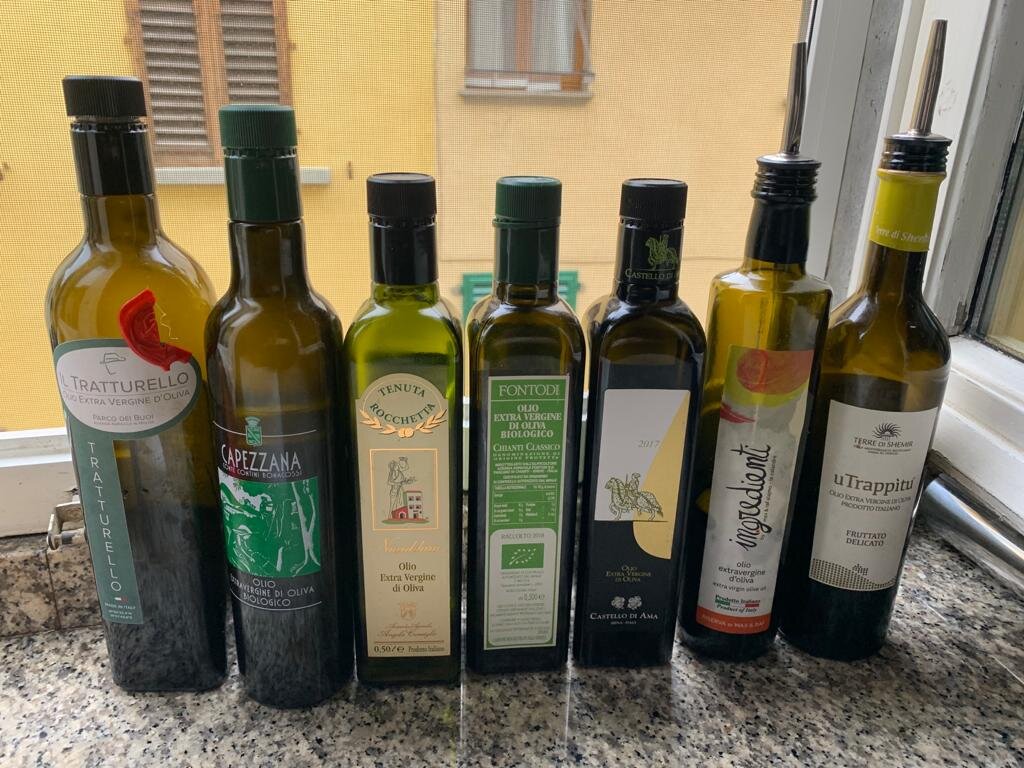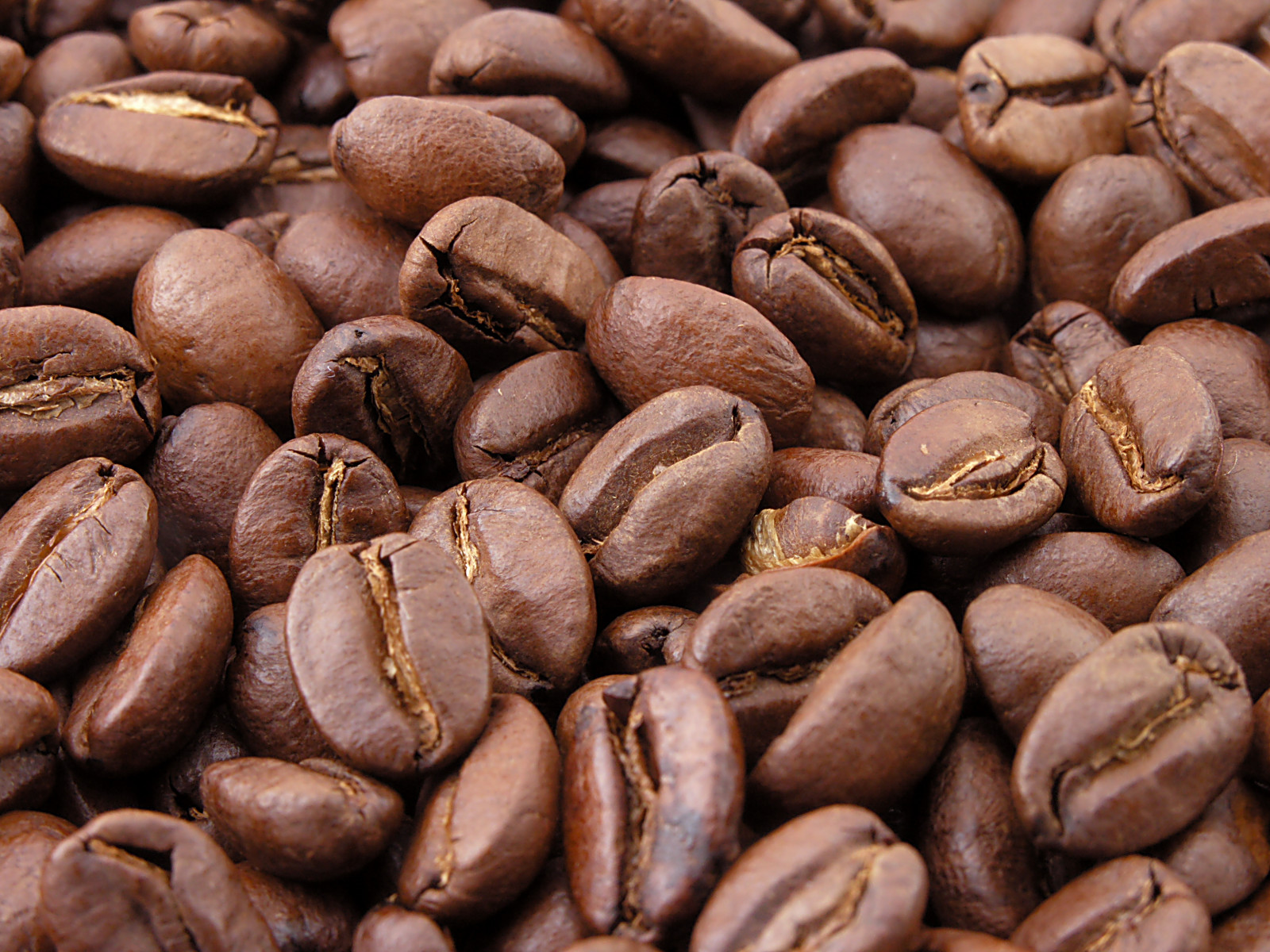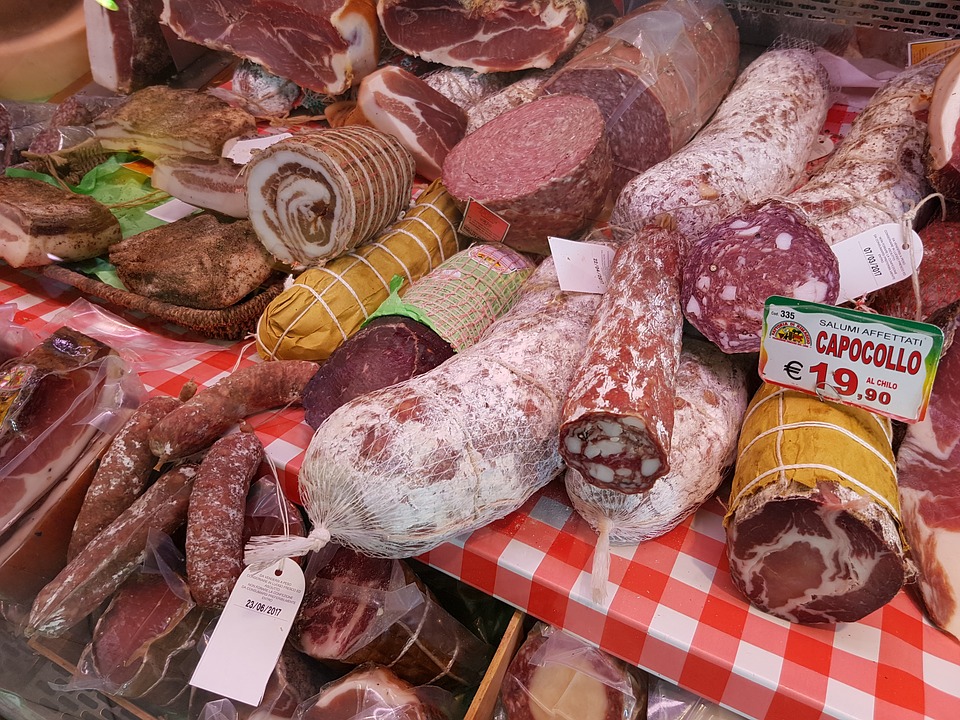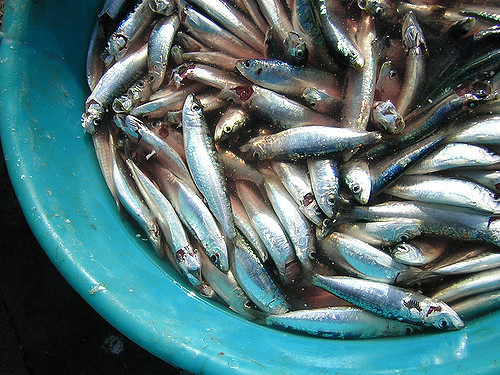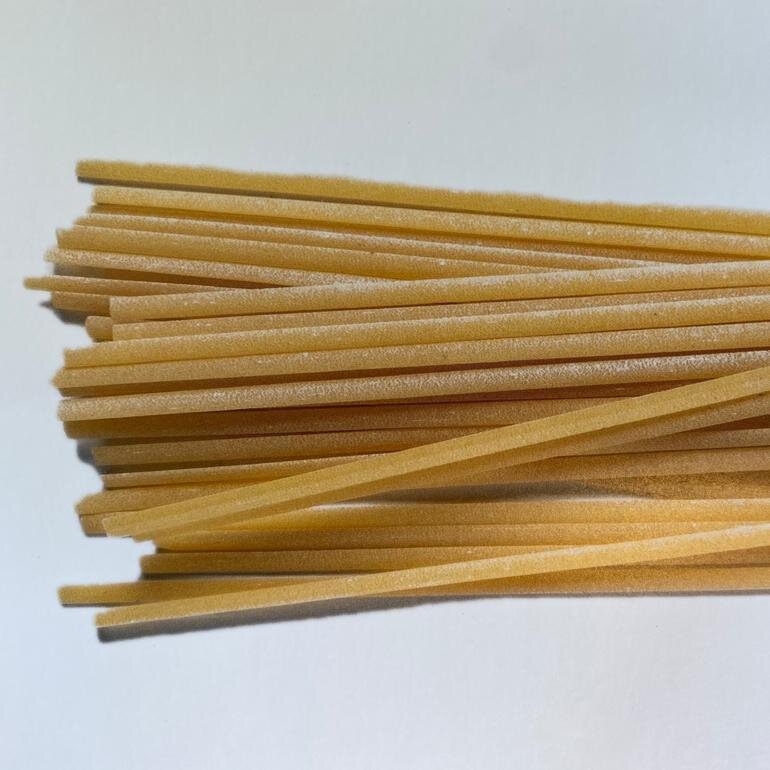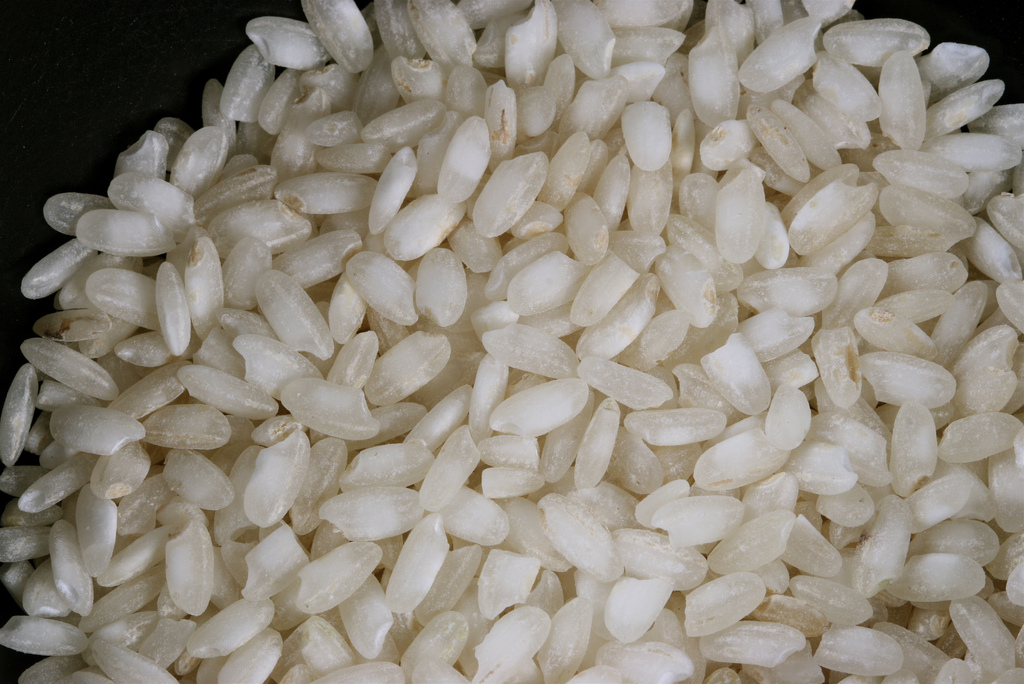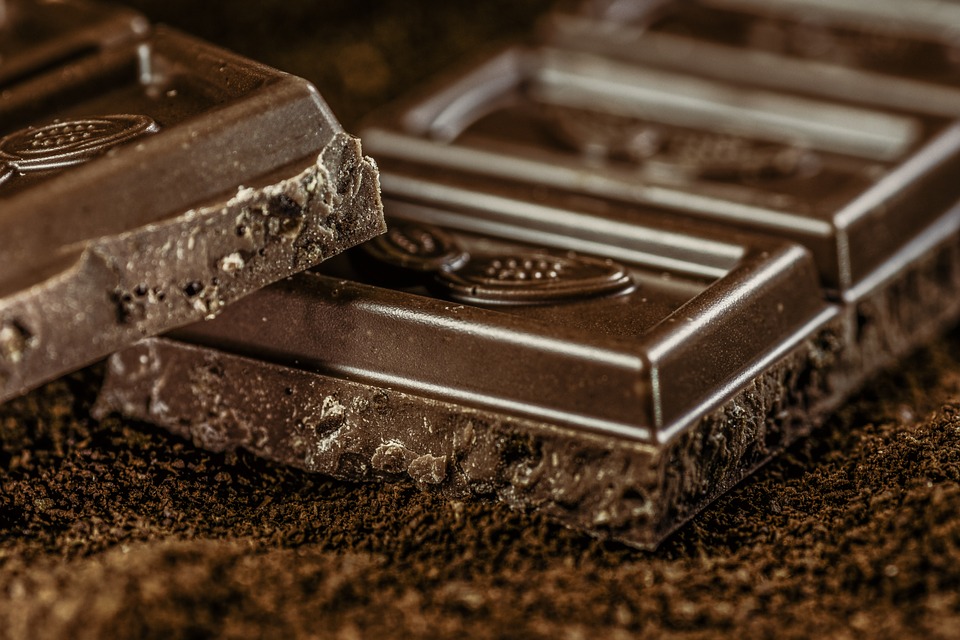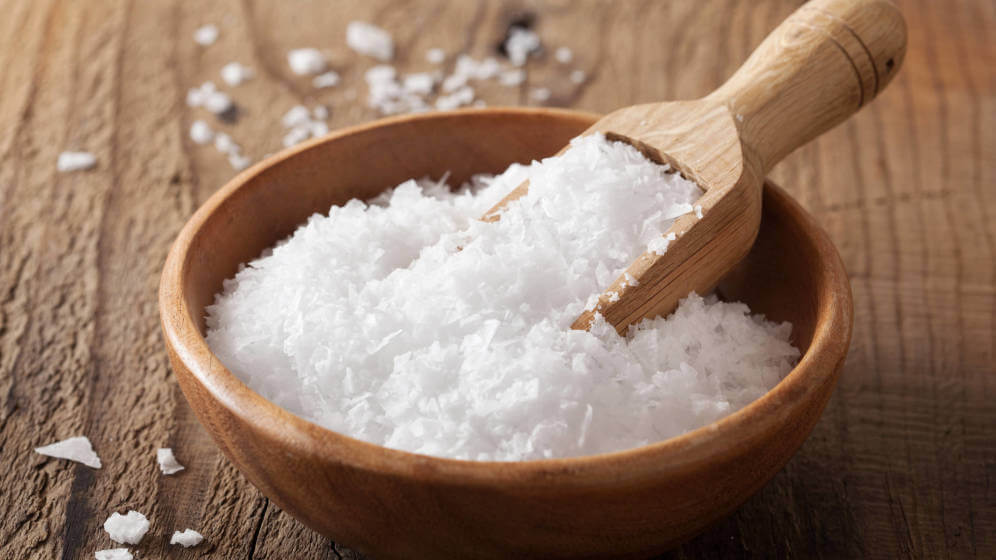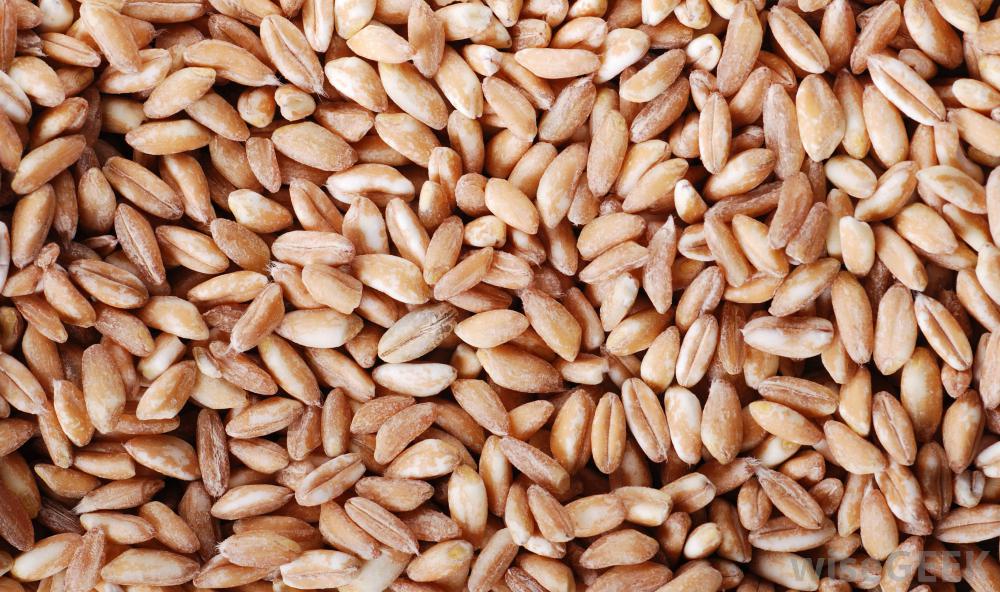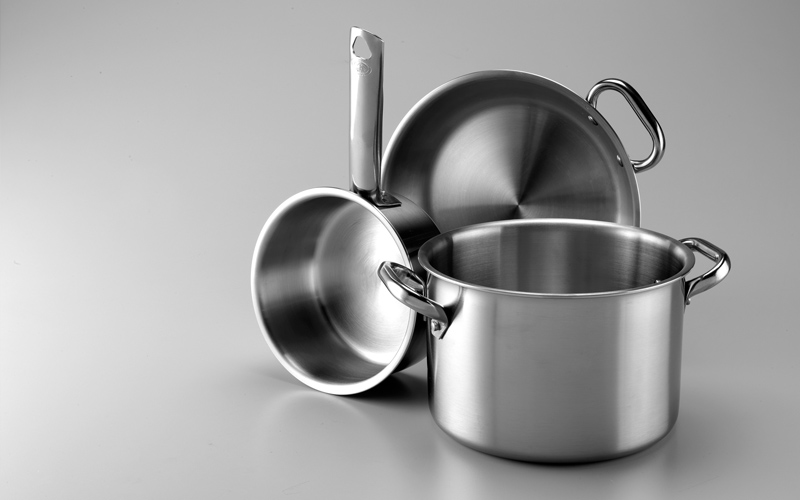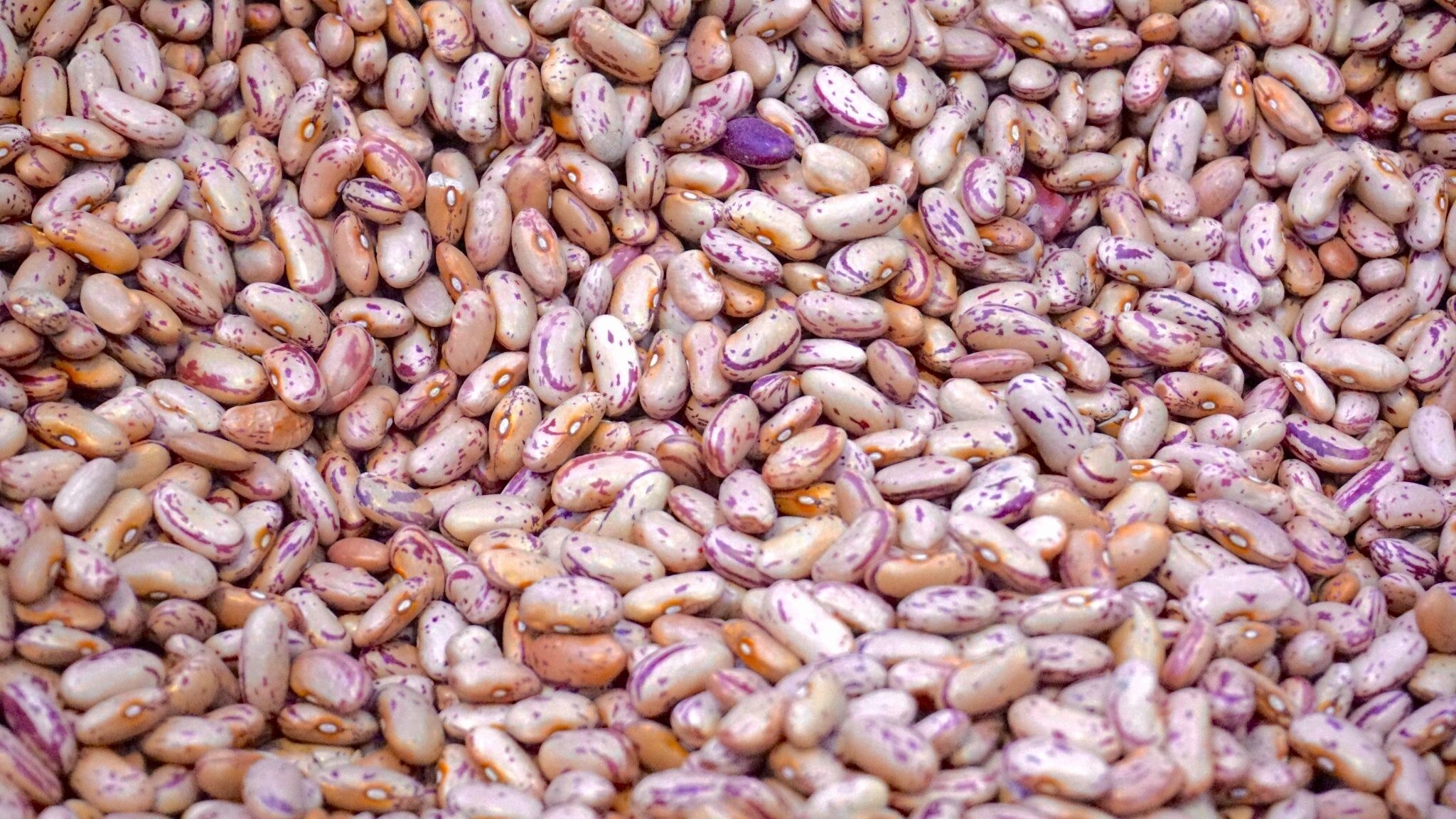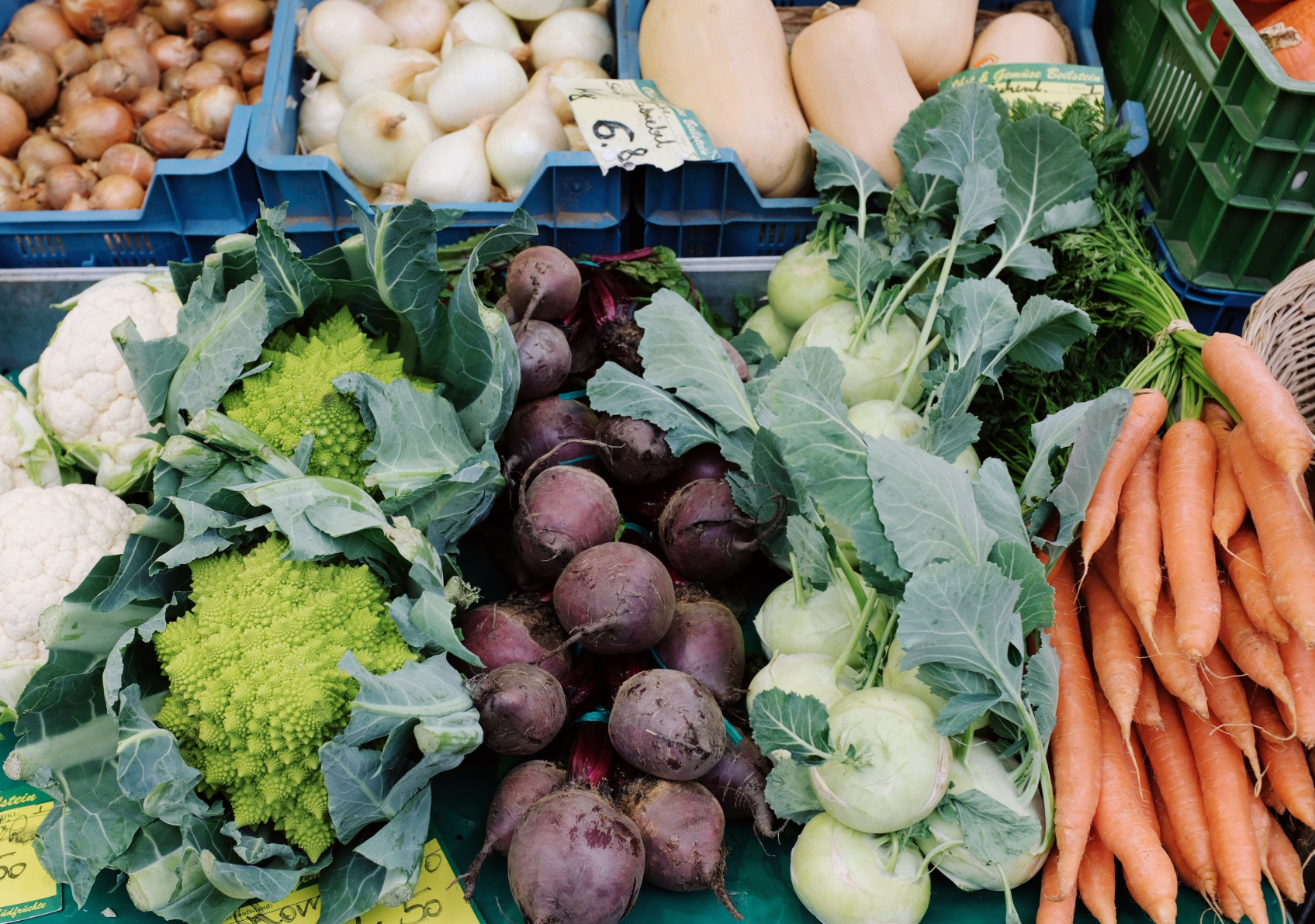THE SCOOP ABOUT GELATO
Gelato. It’s the past participle of the Italian verb to freeze, an intensely flavored, gently frozen confection not to be confused with colder, harder, airier, higher-in-butterfat, pastel-flavored ice cream. Dairy flavors, based on whole milk, aren’t overwhelmeded with cream and are often enriched with egg yolks, chocolate, nuts, coffee, dried fruit, or liquor. Fruit flavors are mostly water-based and actually taste better than fresh fruit, no-fat but not for dietetic reasons. It's difficult to imagine Italian summers without gelato, oral air-conditioning, practically the only food that Italians will eat in the ambulatory state, on the street, in public. Gelato doesn’t travel well and is at its very best when freshly made, sold within hours of production.
The gelato story is complex. Technical manuals define dairy or custard-based flavors as gelato and water-based fruit flavors as sorbetto, but the word sorbetto is rarely used outside restaurants. In gelaterie throughout Italy, the term gelato encompasses dairy, custard, fruit, and lurid imitation flavors. Most gelato is sold by the portion “to go,” in small, by American standards, cups or cones, usually displayed with prices. Granita, schiumone, and pezzi duri—molded frozen-hard combinations—may also be on the regional gelateria menu, especially those inspired by Southern Italy. Gelato served at a table will be more expensive and may be garnished with decorative cookies or fruit salad or even “drowned” with a shot of hot espresso or whiskey.
Gelato’s origins are ancient. Romans and Greeks chilled their wine with snow from the mountains, sipping lightly alcoholic snow cones. Sicilians were probably the first to actually make sorbetto, most probably forgetting to stir frequently and overdoing the chilling-over-snow process for sharbat, slushy fruit juice surely served in the torrid Sicilian summers during 200 years of Arab rule. The distracted Sicilians’ under-stirred, over-frozen confection was eaten with a spoon, not sipped, less liquid, icier than slush, and highly refreshing. Thus sharbat became sorbetto.
Nobles in Naples and Sicily commerced in snow that was stored in caves (neviere, from the word neve, snow) between layers of straw, then brought to the cities by nevari in carts. Refrigeration extinguished the profession. In Florence, Grand Duke Francesco de' Medici was wild about sorbetto. His architect, Mannerist Bernardo Buontalenti, built the city's first “ice caves” (check one out in the Boboli Gardens) and created complicated molded frozen confections with his special churning-over-ice invention for the 1595 inauguration celebration of Forte Belvedere. Snow and ice in the summer were exotic perishables and sorbetto was a high-society luxury. Medical texts from the late 16th century discuss hot and cold beverages and their gastro-implications, generally wary of the effects of consuming chilled or frozen preparations. All before Sicilian Procopio de' Coltelli moved to Paris and opened his Cafè in 1660. And introduced Parisians to what most people think of as "sorbet."
Three distinct regional schools of gelato theory, each with varying degrees of richness based on climate, tradition, and availability of ingredients, influence dozens of classic and endless innovative flavors and combinations. The Sicilian school is the oldest, well suited to sultry summers, and excels in fruit and nut flavors. Water-based granita is granular, finely broken up ice crystals on the western part of the island, churned to slush for the island’s eastern version. Dairy-based gelato is leaner, without egg yolks according to Sicilian food historian Mary Simeti, sweetened milk thickened with carob flour or wheat starch. Sicilians make the greatest almond, hazelnut, and pistachio flavors, which don’t require the richness of yolks. It seems perfectly logical that the Baroque Sicilian mindset would produce molded, layered, multi-flavor gelato combinations called schiumone or pezzi duri. Sicilians split open round, eggy, lightly-sweetened brioche rolls and slather in gelato, resulting in what must have been the world’s first gelato-stuffed panino. The Tuscan school of gelato claims Bernardo Buontalenti as its founder, but their tradition really dates from the 1930s and began with a handful of latteria shops that sold milk and sweetened whipped cream and eventually began to make gelato utilizing white milk bases without cream, yolk-enriched custard bases, and water-based fruit flavors. The Veneto gelato school makes no historical claims but quality was insured by a tradition tied to Alpine snow and valleys with grazing cows that provided high-quality dairy products utilized in almost all flavors for the richest, most elegant of gelato styles. Milk and cream are combined in dairy bases, and are even used in some fruit flavors. Ambulatory gelato makers from the Cadore and Val Zoldana area spread the gospel far beyond regional borders. Veneto school proponents frequently scoop their gelato into balls; most everyone else uses a flat metal spatula.
Gelato-making is like baking, a careful balance of sugar, fat, solids, and liquids calculated by weight. Ingredients are measured and mixed; dairy-based flavors are cooked, pasteurized, homogenized, ripened to develop flavors, and then churned over a refrigerator unit. Fruit flavors are difficult for home gelato makers since sugar levels vary widely from fruit to fruit and with ripeness. Perfect consistency, with the absence of fat, depends on a precise percentage of total sugar. Commercial producers utilize prepackaged stabilizer mixes or instant bases—just add liquid, mix, and freeze as directed. Conscientious gelato artisans may use carob flour to achieve optimum texture.
Many new-wave restaurants make gelato in unusual sweet or savory flavors—think cheese, foie gras, vegetable, even anchovy— utilizing the Pacojet, a high-tech machine that shaves super-thin layers of frozen mixtures, creating what’s called gelato or sorbetto on menus. It’s convenient, and gelato can be made by the portion. But it’s not churned, and therefore not for purists like me.
All gelato made on-site in Italy is defined, by law, as artigianale (artisanal) or produzione propria (home-made) whether it’s made with fresh ingredients or mixes. I look for the very best—wouldn’t want to waste any calories. The first sign of a serious gelateria is the pozzetti “little wells” storage system of under-the-counter, stainless steel lid-topped containers that maintain an ideal temperature of around 5° F. Sometimes quality gelato is stored in more conventional stainless steel tubs. Hints of the wrong stuff are non-seasonal fruit flavors, dirty scoops, unnatural colors, too vast an assortment (more than 30), pre-printed plastic flavor signs with pictures, or gelato heaped and sculpted into mountains topped with a hunk of something indicative of its flavor. The following gelaterie are, in the language of guide books, worth a journey. Or even a pilgrimage. More than one tasting a day may be necessary.
Four proponents of Sicilian granita and gelato—in the Baroque jewel of Noto, on the island of Salina, in the village of Cerda, and on the slopes of Mount Etna—never fail to thrill. They make and sell their frozen treats in a bar, as Sicilian tradition dictates. A fifth Sicilian transplanted to Florence has a shop with no bar, the exception to the rule due to its off-island location. All insisted that lemon granita, considered the test for a true granita artist, could be made only with Sicilian lemons. All offer the Sicilian breakfast of champions: coffee granita, served in a glass, topped with whipped cream, flanked by a brioche roll, glazed, round, topped with a tiny ball, to be ripped into pieces, then scooped into coffee and cream. Cappuccino fans combine coffee and almond milk granita, and proceed as above. Don’t tell Starbucks.
The Assenza family’s Caffe’ Sicilia is on the main drag in the center of Noto, an important Baroque city in the process of gentrification, with many buildings restored to previous splendor. The front room in the old-fashioned bar has a glass display case of pastries next to the cash register across from a counter where locals drink shots of espresso and a back room with tiny round tables and chairs for those who make lingering a profession. Brothers Carlo and Corrado and Corrado’s son Francesco make pastry and gelato year round; granita is served in season, from the spring to the fall. Granita or gelato made with almonds (local cultivars) or pistachios (from Bronte, on the slopes of Mt. Etna) are simply splendid. Gelato fans shouldn’t miss Montezuma, chocolate with cinnamon and candied orange peel, or the three-star nut flavors. Corrado has a menu of traditional and new wave molded pezzi duriincluding “the salad that wasn’t” of caper-olive gelato with an onion gelato center, as well as non-challenging, single flavor nougat, citron, cinnamon-almond. Since you can’t take gelato home, purchase Caffe’ Sicilia’s jarred almond cream (raw or roasted local almonds), pistachio or almond nougat, or infused honeys, all perfect culinary souvenirs.
Alfredo Oliveri’s bar faces the sea in Piazza Marina Garibaldi, in the village of Lingua on the island of Salina in the Aeolian Islands off the northeast coast of Sicily. Look for small round tables, large white umbrellas, and a jumble of chairs outside and modern blue and white tiles inside with a counter in the back, crowds in the summer. The bar is open from Easter through late October when Alfredo and his sons Angelo and Piero make a few classic gelato flavors (chocolate, hazelnut, pistachio) but their specialty, one of the Aeolian Island’s gastronomic heights, is granita, served in short-stemmed squat glasses tableside or plastic cups to go. Look for flavors made with strictly seasonal fruit from Salina (they fill in with produce from the rest of Sicily when necessary) like lemon, watermelon, fig, kiwi, cantaloupe, strawberry, peach, or mulberry but don’t expect to find them all on the same visit. Almond granita is unusual, almost meaty, made with whole almonds and their skins.
Antonio Cappadonia’s gelateria is in the village of Cerda, famous for its spiny artichokes. Of course he makes Cerda artichoke gelato—two versions, one combining artichoke, lemon and orange, the other, a savory “gastronomic gelato” of roast artichokes, served on dark bread made with Tuminia heirloom hard wheat, drizzled with extra virgin. He makes another strictly local gelato with manna (ash tree sap), a sweetener that’s slightly laxative. Seasonal fruit flavors and nut gelato are true Sicilian, lean, full-flavored. Antonio is the mastermind behind the mid-September Sherbeth Festival in nearby Cefalu, four gelato-centric days with tastings from dozens of gelato makers from all over the world, workshops, music, dancing, and a fireworks finale.
Pasticceria Russo, in Santa Venerina, on the slopes of Mt. Etna, run by the third generation of the Russo family, Maria Nevia, Salvatore, and Anna, specializes in traditional sweets like molded quince paste, grape must molds and cookies, and anything made with almonds. The granita, made with strictly seasonal fruit, almonds, or pistachio (not easy to find), is superb, served at the counter in stemmed glasses, as tradition dictates.
Proponents of the Veneto school have spread throughout Italy and beyond, possibly because their tradition was seasonal and mobile—winter months at home, warm weather making gelato elsewhere. My three favorites of this school are in Verona, Rome, and Florence.
Paolo di Pietro, one of Veneto’s finest gelato-makers, closed his shop in Verona and retired to Brazil, lured by the luscious tropical fruit, but his children, Angela and Roberto, carry on at La Boutique del Gelato not far from Dad's old location, outside the center of town. They meticulously search for the ripest seasonal fruit they can get their hands on, and as proponents of the Veneto school use cream in dairy flavors and milk with some fruit flavors. Look for delicious classics like dark chocolate, smoky hazelnut, and golden custard and innovative flavors made with Spumante, Amarone, and Fragolino, a strawberry-ish grapey flavor. Even winter flavors like pink grapefruit, passion fruit, orange-ginger, pomegranate, and roast chestnut are exciting.
Giuseppe and Pasquale Alongi are of Sicilian origin, grew up in Alto Adige, and make gelato in Rome in a style that’s a mixture of the Veneto school for dairy flavors paired with a Sicilian sensibility toward fruit and nuts. They’re positively obsessed about first-rate raw materials like milk, cream, eggs, and ripe seasonal fruit and make each flavor from scratch, without utilizing home-made bases the way most quality gelaterie do. It’s more work but the results are worthy of the Alongi efforts. San Crispino doesn’t have a huge selection of flavors but each is quintessential. Piemontese hazelnuts, Sicilian pistachio nuts, only seasonal fruit, the finest examples of liquors like aged Marsala, Scotch, or Calvados, strawberry tree (corbezzolo) honey from a nature preserve in Sardinia for the signature San Crispino flavor. Giuseppe and Pasquale sell their gelato in cups, not cones ("they've got artificial flavors and colors so we don't use them," explained Giuseppe).
La Sorbettiera opened in 2008 across from a park in the Oltrarno area of Florence, but Antonio and Elisa Ciabbatoni’s family’s gelato roots stretch back to 1934 to Belluno, with moves to Germany and various Veneto locations. I’m pleased they’re in Florence, serving mostly seasonal Italian fruit flavors (“the kids’ parents beg me for strawberry, I won’t use mixes, get fresh berries from Spain, but it’s not the same as our fruit which I use whenever I can,” confessed Antonio), intense chocolate (75%) called tar, catrame, egg-yolk rich old-fashioned custard crema antica.
Did Tuscan Mannerist architect-artist-engineer-designer Bernardo Buontalenti dream up a device to churn Italy's first sweetened-milk and egg yolk-based frozen confection for his Medici patrons? When an important history of Florentine cooking was published in 1965 that mentioned Buontalenti’s creation for Grand Duke Francesco de' Medici, some Tuscan gelato-makers were inspired. They held an informal competition, using a base of milk, cream, egg yolks, and sugar and each artisan added an individual note like liqueur or spice. No one could tell me if there was a winner but the Buontalenti commemorative flavor lives on in the province of Florence, no two are alike, and every gelateria seems to have a special custard flavor, even if it’s not named for the architect. One Florentine gelato maker trademarked the name Buontalenti, but this technical legality hasn’t stopped anyone from making it. To avoid legal problems it’s often called Buon Talenti or old-fashioned custard, crema antica.
Vivoli, the most historic gelateria in Florence, was founded in 1930 by Raffaello Vivoli as a dairy shop and neighborhood bar. On weekends he transformed excess milk into a few gelato flavors and made whipped cream, big treats for the time. It took until the early 60s for his son Piero to make gelato an all-week occupation, extending and expanding production, but still making all flavors from scratch. His daughter Silvana continues the family tradition, specializing in custard flavors including “white” egg-yolk-less custard with candied citron, seasonal fruit (I’ve watched her peel), chocolate with ginger, rice (inspired by her mother’s San Giuseppe fritters--she loved the batter), and new wave black sesame seed.
A bowl of lemons on the counter and a plaque of the three-legged Trinacria at Carabe’ were big hints that I could satisfy my frequently unfilled desire for granita, without a plane trip. Antonio (his grandfather was a gelataio—he made gelato over snow!) and Loredana Lisciandro are from Patti, on Sicily’s north coast, but couldn’t find the right location at home. I’m glad they chose Florence because their nut flavors and lemon gelato are lovely, but their granita, of mostly seasonal fruit like fig, cantaloupe, peach, mulberry, blackberry or lemon, or coffee granita with whipped cream or paired with almond, never fails to delight. Antonio has created a gelato-lover’s paradise outside Florence, in Terranuova Bracciolini. There’s an orchard of heirloom fruit trees (10 kinds of figs!) planted with the collaboration of the University of Florence for fruit gelato, although all citrus is rigorously Sicilian. The modern hillside laboratory has huge windows so the gelato and granita process can be seen, and explained, from start to finish. The room-long shop counter is punctuated by stainless steel lids (all pozzetti system here) with tempting flavors—choosing only 3 or 4 may be impossible. Antonio has plans to make natural fruit syrups to flavor sparkling seltzer water. And to add outdoor seating and umbrellas for those who want to admire the panorama, with Apennine calanchibadlands in the distance.
Carapina, an innovative Florentine gelateria, is the name of the round stainless steel canister where gelato is kept in the under-counter storage system preferred by the most scrupulous gelato makers. And owner Simone Bonini is super-scrupulous. He’s a born-again gelataio (he previously designed interior illumination systems), a disciple of none of the traditional gelato schools, and brings a gastronomically hip, decidedly savory perspective to his craft. He attended Carpigiani Gelato University, spent five months trying to ignore most of what he’d learned, experimented in his laboratory—his friends tasted it all. He opened Carapina in 2008 and a second smaller but more central location in 2010. Simone is obsessive about seasons and high quality milk. Look for unusual flavors like persimmon, tomato, totally intense non-dairy chocolate called neroassoluto , deceptively pale “lost coffee” (coffee beans infused overnight in milk), cocktail-inspired daiquiri or orange campari sorbetto, or even cheese flavored (Parmigiano Reggiano, Gorgonzola or Mozzarella) gelato.
Caffè Sicilia, Corso Vittorio Emanuele 125, Noto, tel.0931-835-013, closed Monday, November, mid-January-March
Bar Alfredo, Piazza Marina Garibaldi 5, Lingua, Salina, Aeolian Islands, tel. 090-984-3075, open Easter to November
Gelateria Cappadonia, Via Roma 153, Cerda, tel.091-899-1681, closed Monday but not in August
Pasticceria Bar Russo, Via Vittorio Emanuele 105, Santa Venerina, tel. 095-953-202, closed Tuesday
La Boutique del Gelato, Via Carlo Ederle 13, Verona, tel. 349-431-7700, closed Monday
Gelateria San Crispino, Via Panetteria 42, Roma, tel. 06-679-3924, closed Tuesday
La Sorbettiera, Piazza T. Tasso 11/r, Firenze, tel. 055-512-0336, closed Wednesday
Vivoli, Via dell’Isola delle Stinche 7/r, Firenze, tel. 055-292-334, closed Monday
Carabè, Via Ricasoli 60/r , Firenze, tel. 055-289-476, closed Monday; Via Piantravigne 64, Terranuova Bracciolini, open daily from 10AM to 10 PM
Carapina, Piazza Oberdon , Firenze, tel. 055-676-930; Via Lambertesca 18/r, Firenze, tel. 055-291-128, closed Monday
Also in the Pantry...
Share this article
